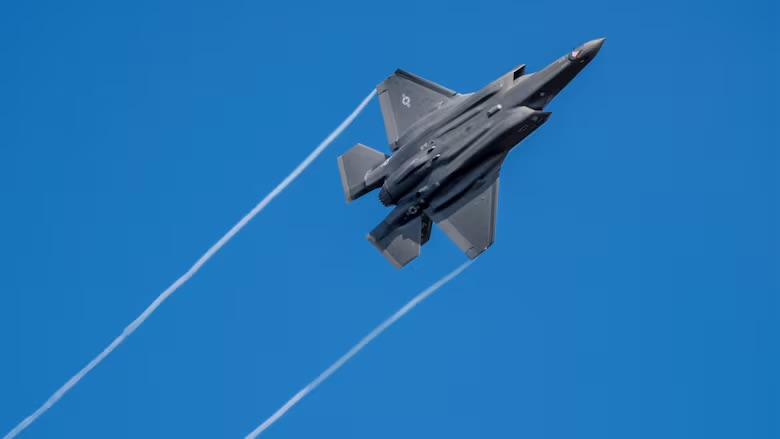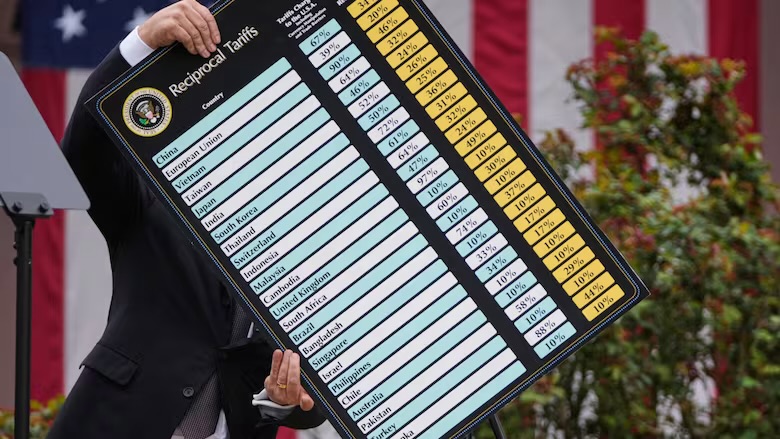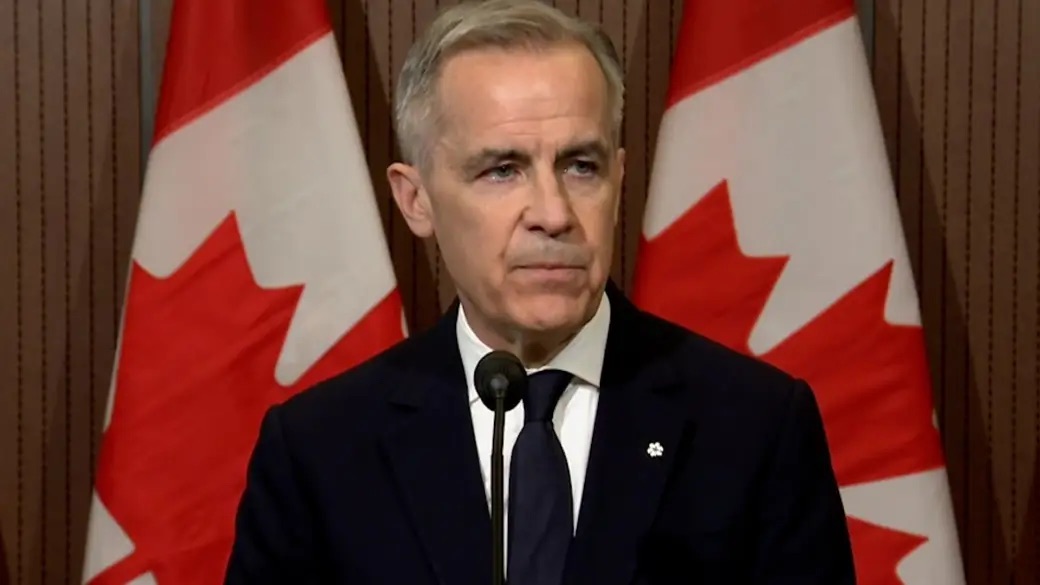In the ever-shifting skies of global defense strategy, Canada finds itself at a crossroads—one that could redefine its aerial future. Just a year after committing to a major purchase of American F-35A fighter jets, the nation is now looking across the Atlantic, eyeing a new alliance that promises cutting-edge innovation and strategic autonomy. The story unfolding is more than a procurement decision; it's a tale of geopolitics, technological ambition, and the quest for sovereignty in the jet age.
In 2023, Canada placed a bold order for 88 F-35A fighters, signaling a strong commitment to the US-led fifth-generation aircraft program. But as 2025 unfolds, political tremors—particularly surrounding the return of the Trump administration—have cast shadows over that decision. Concerns over access to software updates and spare parts, tightly controlled by the US, have stirred debate in Ottawa. The fear of being beholden to foreign policy shifts has sparked a reevaluation of the nation's aerial defense path.
Enter the Global Combat Air Programme (GCAP), a sixth-generation fighter initiative led by the United Kingdom in partnership with Japan and Italy. Designed to soar by 2035, GCAP offers not only advanced capabilities but also a collaborative development model that appeals to countries seeking greater control over their defense assets. The UK has extended an open invitation to Canada, suggesting a transatlantic partnership that could rival the dominance of the F-35.
Canada isn't alone in its curiosity. Australia, too, is reportedly exploring the possibility of joining GCAP, hinting at a broader coalition of like-minded nations eager to shape the future of combat aviation. The potential entry of both countries could significantly enhance the program’s industrial and strategic depth.
Despite the reconsideration, Canada's original F-35 deal remains technically intact. The first batch of 16 jets is still scheduled for delivery in early 2026. However, ongoing contract reviews suggest that the final chapter of this procurement saga has yet to be written.
As Canada weighs its options, one thing is clear: the skies ahead are filled with possibilities. Whether it continues down the well-trodden path of the F-35 or charts a new course with GCAP, the decision will echo across decades of defense policy and international alliances.









